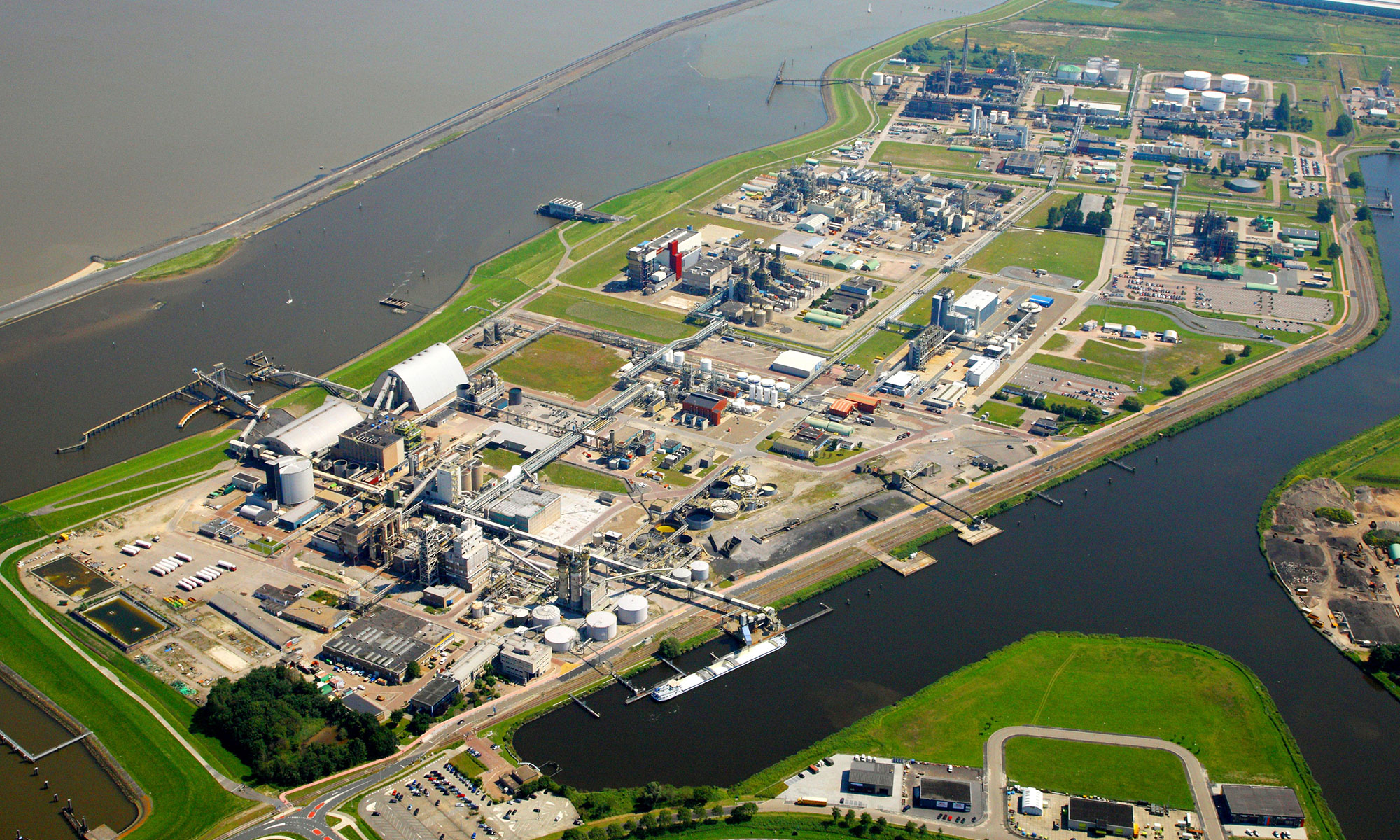Intended for Delfzijl in the Netherlands, the installation would use a 20 megawatt water electrolysis unit, the largest in Europe, to convert sustainably produced electricity into 3,000 tons of green hydrogen a year – enough to fuel 300 hydrogen buses. A final decision on the project is expected in 2019.
The planned 20 megawatt facility is an important step towards scaling up the electrolysis technology. So far, the largest planned electrolysis unit in the Netherlands has a capacity of 1 megawatt. The eventual aim is to be able to build installations that convert and store sustainable energy in the form of hydrogen on an even larger scale (from 100 megawatts).
Power to Gas
AkzoNobel and Gasunie complement each other in the required expertise for this project, which includes gas transport and storage, electrolysis and handling of hydrogen. Both companies want to play an active role in the transition to a CO2-neutral economy, and the project is in line with their respective initiatives in renewable energy – including hydrogen.
“We see ‘power to gas’ not only as a promising technology, but also as one that will be necessary to achieve a fully sustainable energy mix by 2050,” said Ulco Vermeulen, member of Gasunie’s Executive Board.
Basis for Green Chemistry
Added Marcel Galjee, Energy Director at AkzoNobel Specialty Chemicals: “The vast majority of the more than 800,000 tons of hydrogen used by Dutch industry each year is produced using natural gas. Replacing this by sustainably produced hydrogen will reduce CO2 emissions by seven million tons. However, the real potential is in large-scale production as the basis for green chemistry.”
Both companies agree that the northern part of the Netherlands is perfectly positioned to develop a green hydrogen economy, due to the large-scale production and import of green electricity, the existing chemical industry, the current gas transmission infrastructure, the knowledge infrastructure and the support within the Northern Innovation Board.



